
What You Need to Know
Slit Lamp Viewing
- Low light intensity
- High magnification (25-40x)
- Direct focal illumination
Use flourescein to measure tear break-up time (TBUT)
Grading
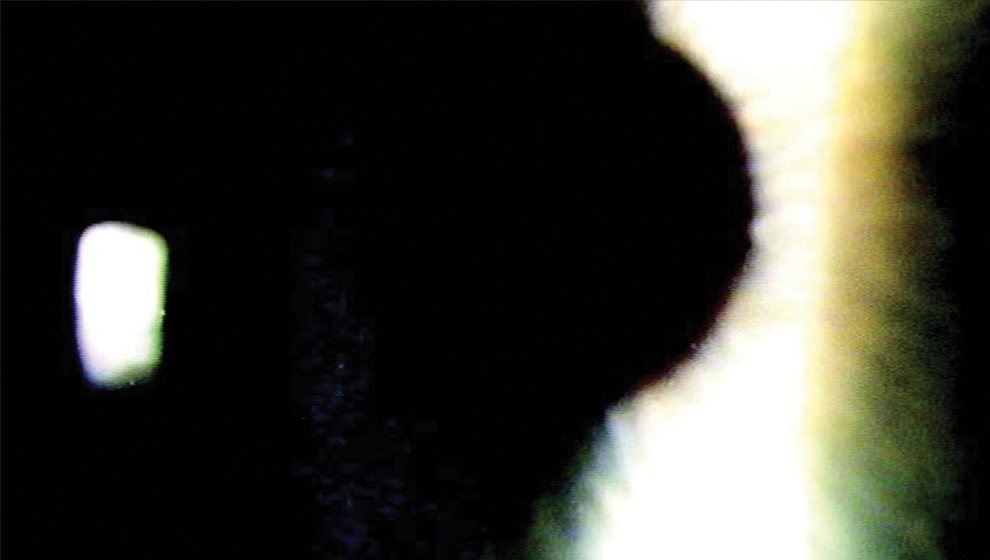
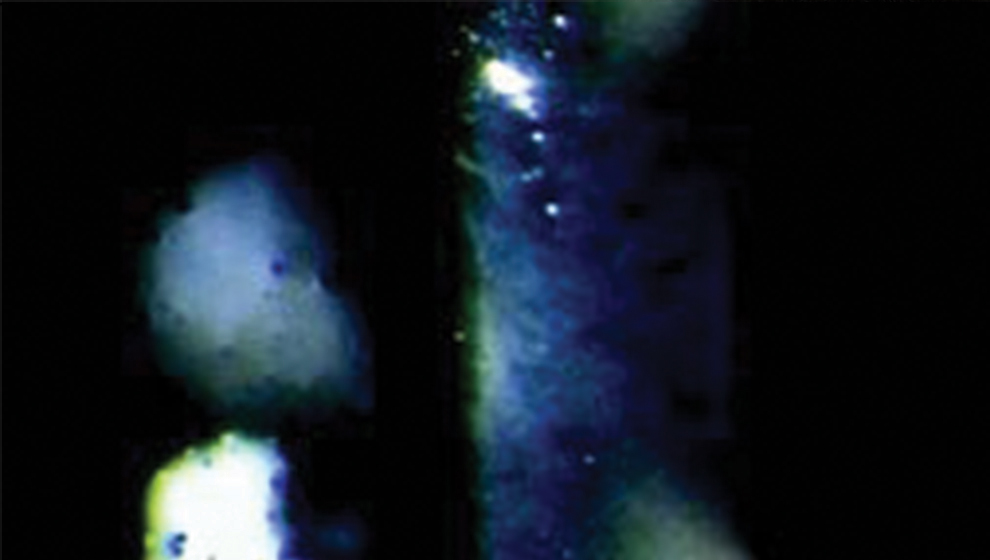

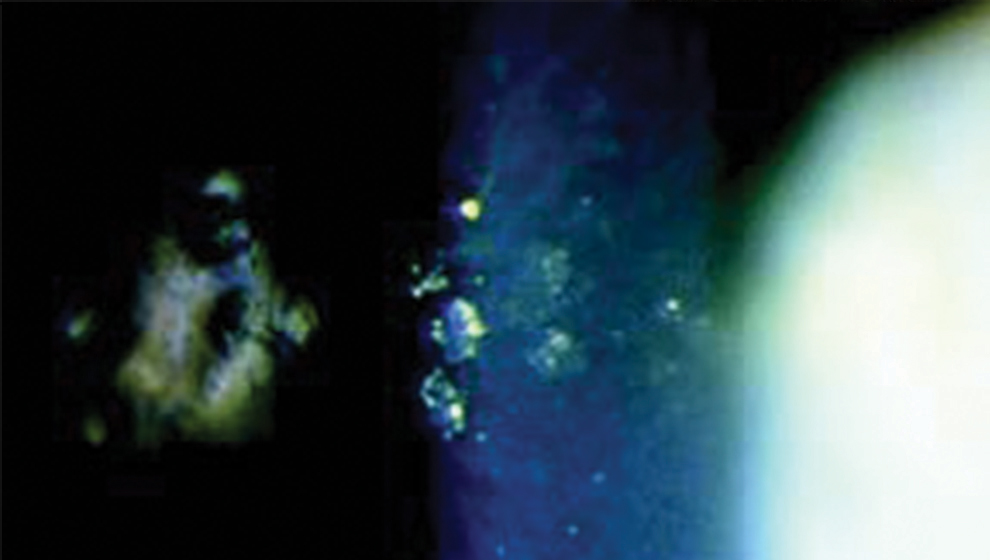
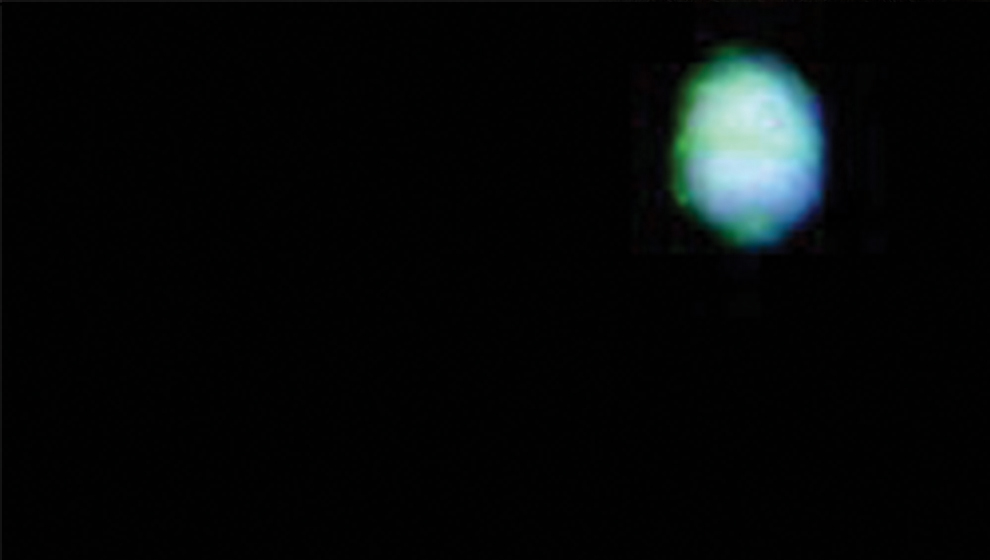
Assessment of Tear Film
Questionnaires - such as:
- Standardized Patient Evaluation of Eye Dryness Questionnaire (SPEED)
- Ocular Surface Disease Index (OSDI)
- Contact Lens Dry Eye Questionnaire (CLDEQ)
- CLDEQ-8
- McMonnies Dry Eye Index
- Dry Eye Questionnaire (DEQ)
- Invasive, using flourescein and non-invasive break up time (NIBUT)
- Other instrumentation - Tearscope, Keratometer, LipiView®
Etiology
- Variation in individual tear chemistry (blinking pattern, tear film, ocular physiology, medication, age, diet)
- Reduction in lipid layer leads to marginal dry eye problems and lens contamination
- Lid margin disease
- Contact lens (material, design, wearing schedule, care regimen)
- Cosmetics, soap contamination
- Environment
Symptoms
- Dryness symptoms including discomfort, grittiness and irritation
- Blurred or variable vision
Patient Recommendations
Signs
- Low pre-ocular tear break-uptime (TBUT), poor tear mixing
- Thin (or absent) tear film lipid layer or excess lipid (debris in tear film)
- Meibomian gland dysfunction, blepharitis (refer to image D below)
- Bulbar conjunctival hyperemia
- Superficial punctate epithelial erosions
- Bulbar conjunctival staining
- Reduced wettability, deposited CL (refer to image E below)
- High tear osmolarity (>316 mOsmol/L)
- Reduced tear ferning
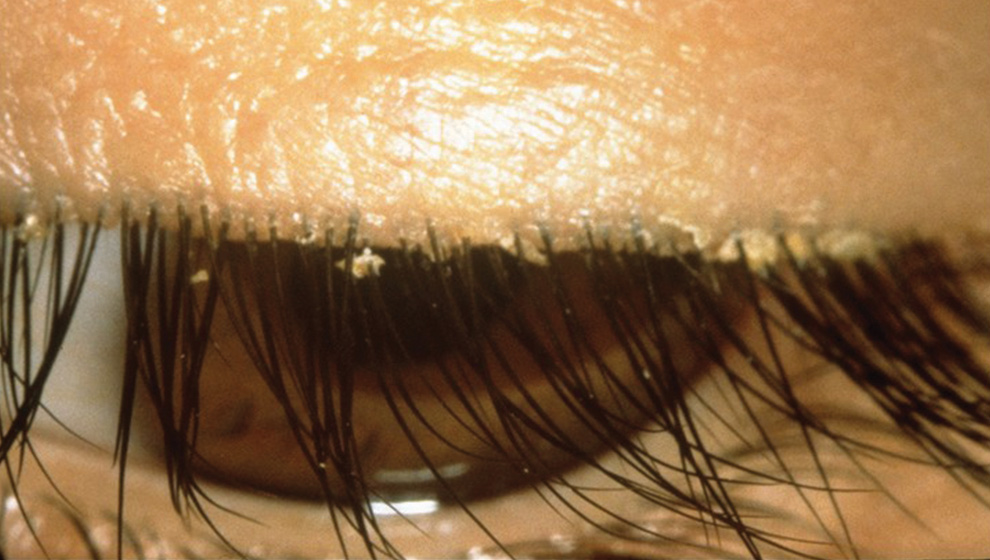
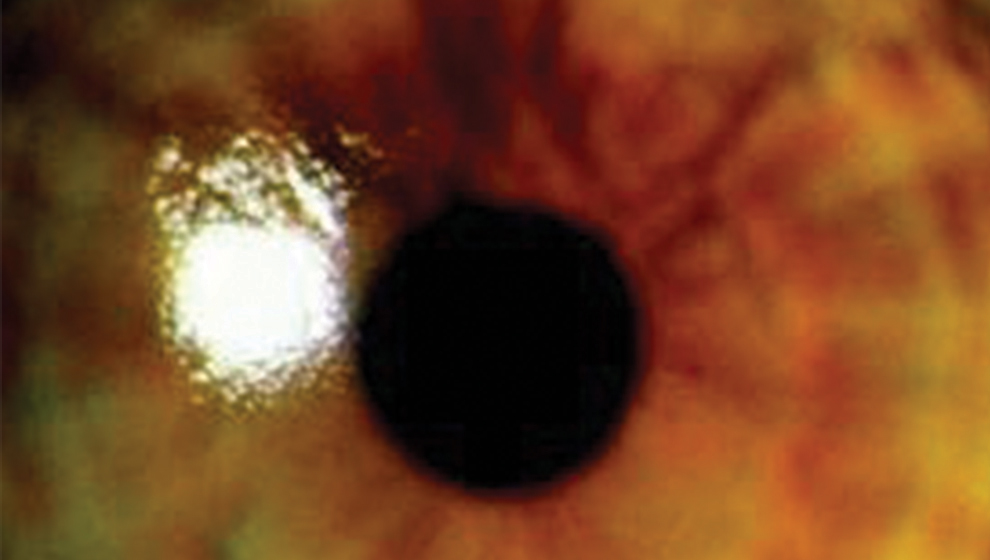
Recommendations
- Manage all grades if signs or symptoms exist - improve tear film quality
- Treat any lid margin disease - lid hygiene, warm compresses, LipiView®
- Consider lens type (design, material, modality, replacement frequency and care system)
- Maintain good lens cleaning including rub and rinse step
- Use of lipid containing drops or sprays, visco-elastic agents or overnight lubricants
- Alter diet, alter environment, change cosmetics, blink training
- Recommend Omega-3 supplements
Prognosis
Good, unless fundamental imbalance of tear film (keratoconjunctivitis sicca)
